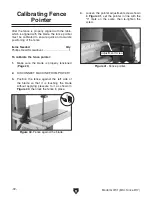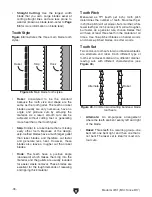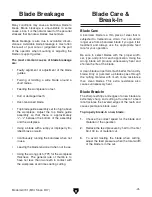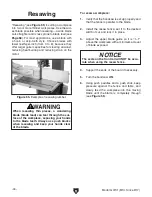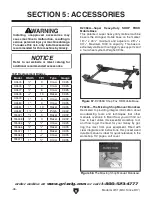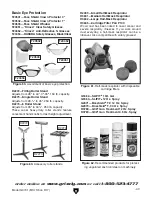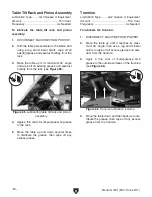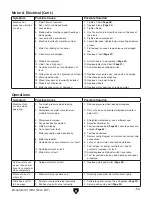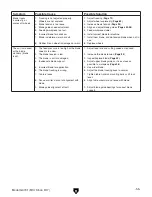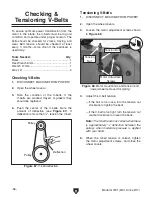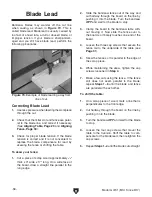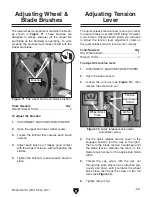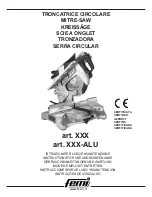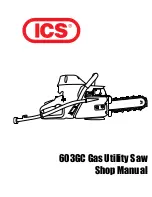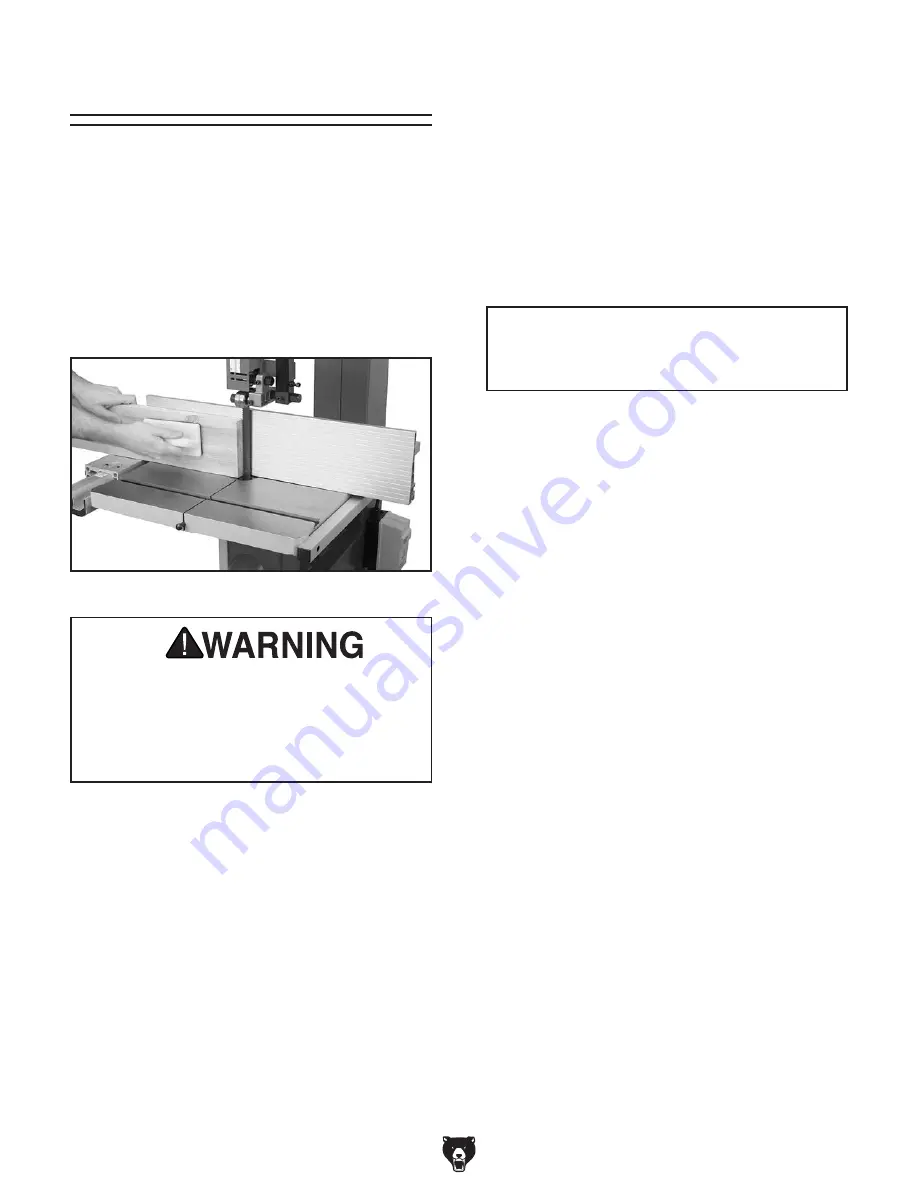
-44-
Model G0701 (Mfd. Since 9/17)
4. Support the ends of the board if necessary.
5. Turn the bandsaw ON.
6. Using push paddles and a push stick, keep
pressure against the fence and table, and
slowly feed the workpiece into the moving
blade until the blade is completely through
(see
Figure 55).
NOTICE
The scale on the front rail will NOT be accu-
rate when using the resaw fence.
Resawing
When resawing thin pieces, a wandering
blade (blade lead) can tear through the sur-
face of the workpiece, exposing your hands
to the blade teeth. Always use push blocks
when resawing and keep your hands clear
of the blade.
To resaw a workpiece:
1. Verify that the bandsaw is set up properly and
that the fence is parallel to the blade.
2. Install the resaw fence, set it to the desired
width of cut, and lock it in place.
3. Adjust the upper blade guide so it is
1
⁄
4
"–1"
above the workpiece with a minimum amount
of blade exposed.
Figure 55. Example of resawing lumber.
"Resawing" (see
Figure 55) is cutting a workpiece
into two or more thinner workpieces. Use the wid-
est blade possible when resawing—a wide blade
cuts straighter and is less prone to blade lead (see
Page 58). For most applications, use a blade with
a hook- or skip-tooth style. Choose blades with
fewer teeth-per-inch (from 3 to 6), because they
offer larger gullet capacities for clearing sawdust,
reducing heat buildup and reducing strain on the
motor.



